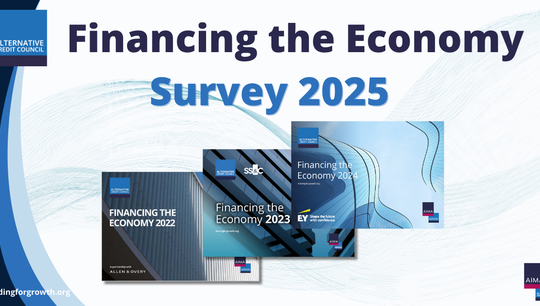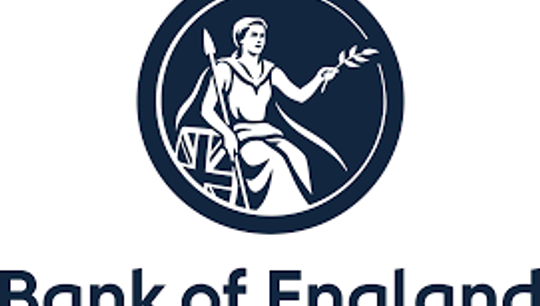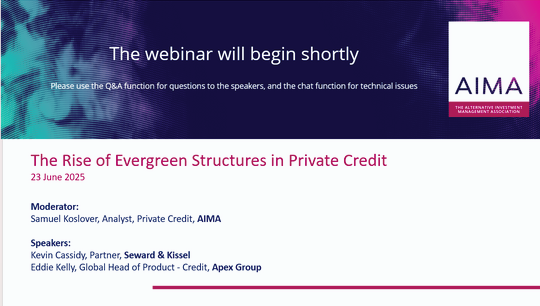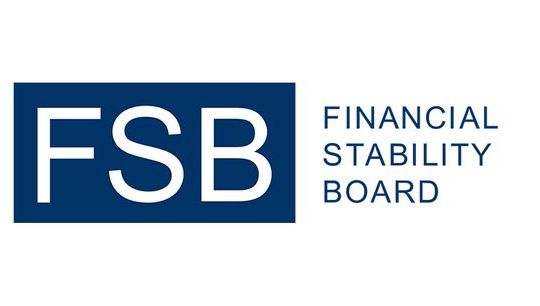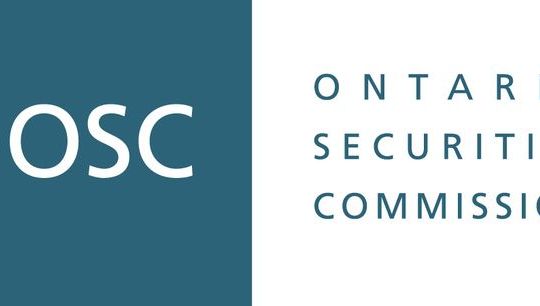Better together: The powerful synergy in public and private debt strategies
By Parul Garg, PenderFund Credit Opportunities Fund
Published: 23 September 2024
Synergy—the combination of two or more elements to produce a combined effect greater than the sum of their individual parts—has given the world Lennon and McCartney, fish ‘n’ chips, and Dolce & Gabbana. In the realm of investing in stressed and distressed credit, investors have tended to favour private credit funds over public debt. Yet, I will argue that by including both strategies in a portfolio, investors are better able to leverage the strengths of each— and potentially enjoy superior performance.
Despite the longest period of yield curve inversion, surpassing the 1978 record of 624 days,1 we are in a Goldilocks’ period where a recession has been avoided so far, business activity remains solid, balance sheets appear resilient, and the US distressed debt ratio, at 6%, is at nearly half its long-term average and close to its lowest level since mid-2022.2 Spreads are exceptionally narrow, with single-B-rated corporate bonds and leveraged loans hovering at their lowest levels since 2006.
The tight spreads indicate that credit markets seem relaxed about the prospect of corporate defaults. Amidst this benign backdrop, market participants may be overlooking several important factors: 1) the lag effect between rates and defaults; 2) the current fraught geopolitical and environmental landscape, where an exogenous shock could suddenly and severely challenge business conditions as it did in March 2020; and 3) upcoming debt maturities that may necessitate the selling of assets or undergoing distressed exchanges to reduce leverage. With spreads this tight, it would not take much to upset the apple cart in corporate debt markets.
While larger enterprises may be better able to weather tighter liquidity, small-to-medium-sized corporate borrowers typically have shorter-dated loans that need to be refinanced more frequently. They are considered riskier bets than larger and better capitalised firms. During the past few years these smaller enterprises have encountered a much tougher refinancing environment. Among stressed and distressed companies, tighter spreads and dwindling cashflows present a negatively skewed risk-to-reward ratio. To attract lenders, stressed and distressed borrowers have had to offer high rates (14%+) and stronger covenants.3
A closer look reveals cracks in the façade. For example, the current weakness in pockets of the commercial real estate sector has the potential to spread contagion and sour investor appetite for credit. This is because commercial real estate impacts credit conditions more broadly due to the involvement of banks and institutional investors. Following a halcyon period of solid returns, the tighter interest rate regime has led some private credit strategies to experience drawdowns with no line of sight to a bottom.
In this environment, what advantages could an allocation to a stressed and distressed public credit strategy provide? Terms like stressed, distressed, restructuring, and bankruptcy are not often music to the average investors’ ears. However, the numerous ‘hairs’ on this asset class obscure the highly attractive, and asymmetric risk-to-reward opportunities on offer.
Publicly traded debt provides investors with the liquidity to take advantage of market dislocations or to exit a position with relative ease. This is where active managers can generate alpha by being able to quickly respond to changing market conditions and idiosyncratic opportunities. In contrast, private credits may involve potentially long lock-up periods making it impossible for investors to access their capital until the terms of the loan have been met or it has reached maturity.
Secondly, public companies vary widely across size, sector, and geography compared to private companies which are often small-to-mid-sized, special situations, and niche businesses making them harder to access. Public companies can respond more rapidly to changes in the economic and policy landscape compared to private firms that tend to be less market sensitive.
Thirdly, being subject to regulatory requirements, public debt markets are more transparent and usually the businesses and debt structures are simpler making resolutions faster and more predictable. Investors in public market debt have access to company financial statements, analyst and rating reports and other information about the issuer and its prospects compared to private credits which are opaque and based on undisclosed agreements. For example, in situations where negative company news is forefront in investors’ minds, by being able to dig into balance sheets and understand the scope of liquidity, it is possible to determine the margin of safety and lean in with a larger position.
Investor preferences determine the relative allocation to the price-to-model and price-to-market mix. The price-to-model fund gives access to a private network of debt underwriting whereas the price-to-market fund may offer similar returns with the advantage of transparency and secondary market liquidity.
In my view, both strategies are relevant and provide suitable diversification in the credit market. By including an allocation to both private and public credit strategies in the portfolio, an investor can optimise the risk/reward equilibrium and be well-positioned to benefit from a range of market, economic, and geopolitical conditions.
3. https://www.penderfund.com/pender-credit-opportunities-fund/


